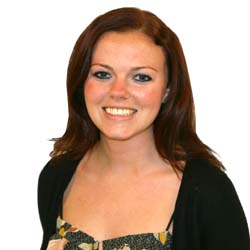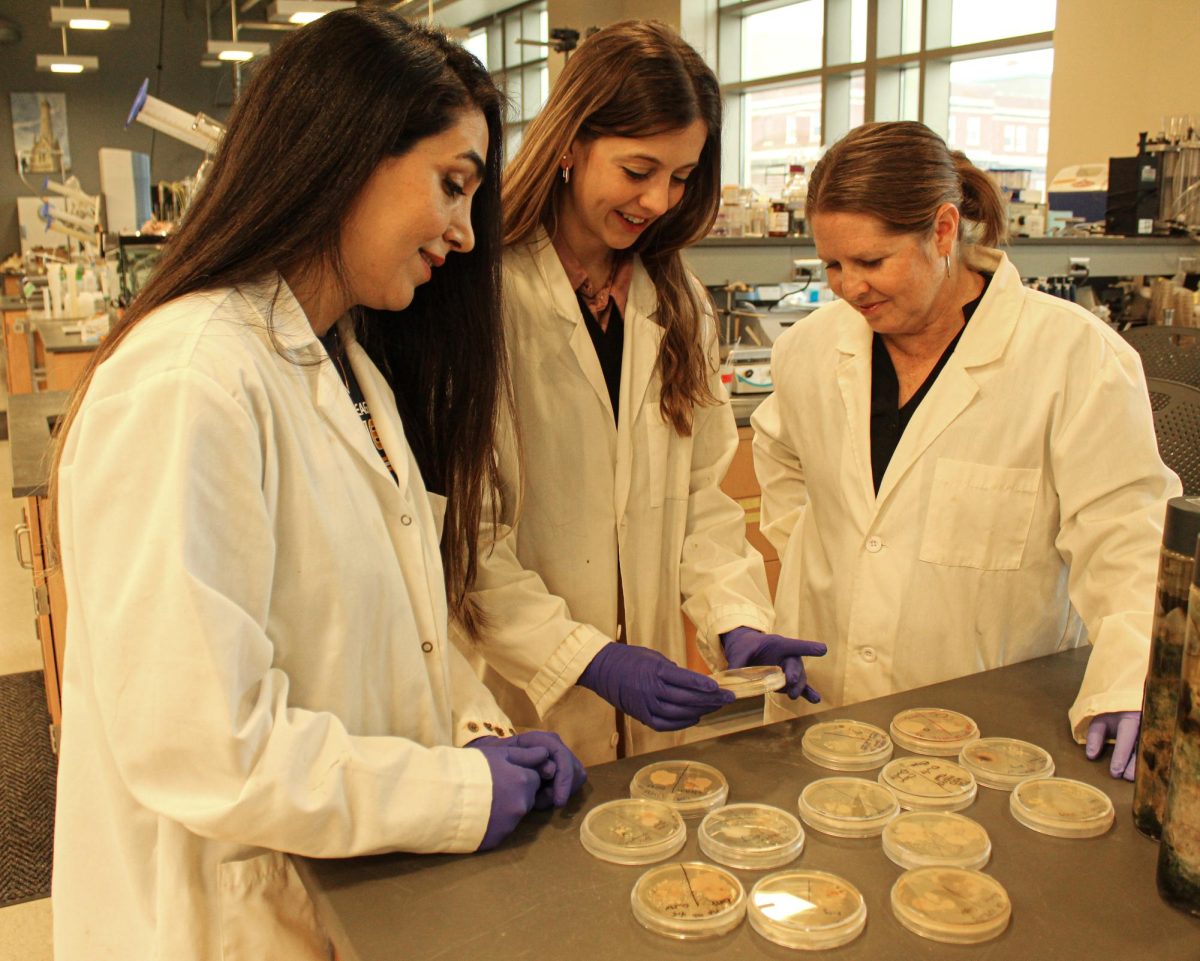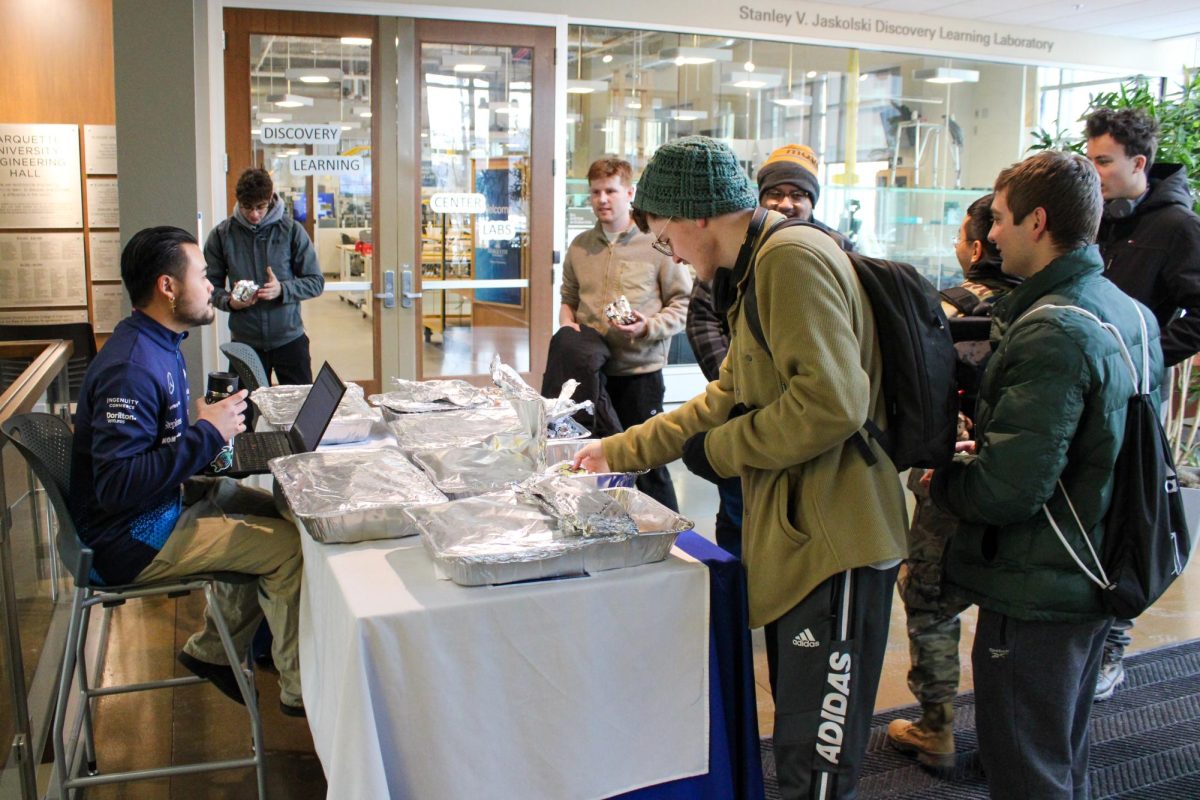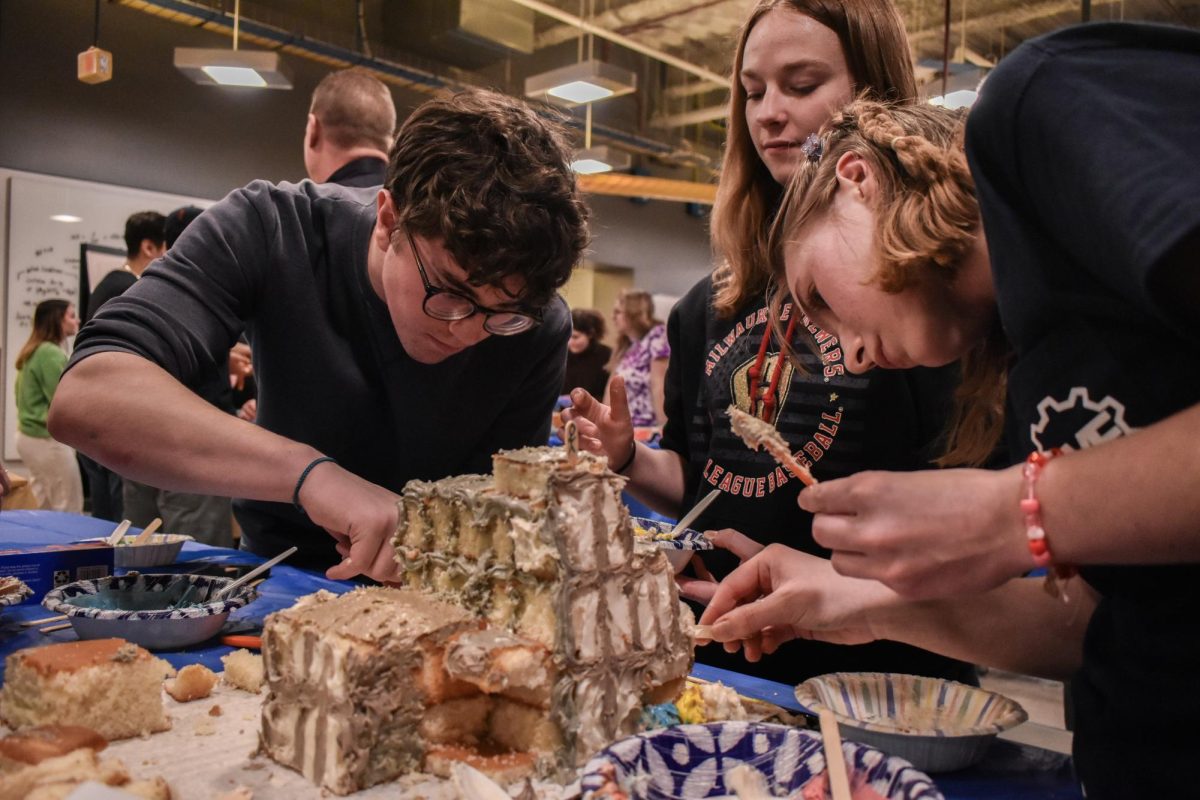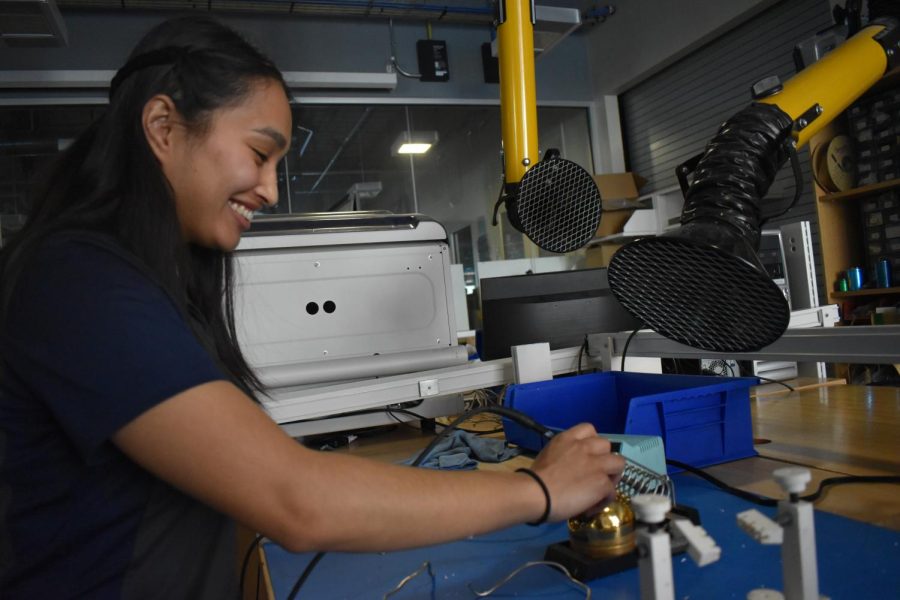
Building an airplane is never a simple task – countless hours, numerous trials and hard work are all crucial to the plane’s success. But five students from the College of Engineering did just that in the Society of Automotive Engineers Aero Design East contest last weekend.
The 2013 Aero Marquette team was comprised of Peter Malak, Ed Barry, Michael Bergagna and Beau Hommes, all juniors in the College of Engineering, and Mike Krzoska, a sophomore in the College of Engineering. They finished sixth overall and second in the nation.
The contest, which took place in Fort Worth, Tex., asked the students to design and build a remote control airplane capable of lifting as much weight as possible while adhering to the requirements laid out by the Society of Automotive Engineers, according to the SAE website. The teams were also asked to accurately predict what that amount of weight would be.
SAE judged the planes on categories ranging from the plane’s design to its flight.
Peter Malak said the group built the plane entirely from the ground up with the exception of the engine.
“The team utilized its machining skills, as well as the laser cutter, to design various parts for the aircraft,” Malak said. “It was made almost completely out of balsa and bass wood with various aluminum elements added in.”
Malak said the plane weighed 17 pounds with a wingspan of just under 10 feet and could carry 16 pounds.
Malak estimated that the team put in more than 500 hours of work and a year and a half of planning to build the plane. He added that it took many late nights and adaption to a steep learning curve.
The plane’s design, Malak said, came from a research and benchmarking phase.
“For example, we explored several different wing configurations, such as a low-wing, mid-wing or a high-wing,” Malak said. “We selected a high-wing based on the high lift principles that it provided.”
Malak said team members examined many aspects of the plane by comparing the advantages and disadvantages of them.
“After the initial phase, we began to calculate the size of the wings and fuselage,” Malak said. “Based off the power output of the engine, we were able to select specific dimensions. From the specific dimensions, we were able come up with a complete design.”
Hommes said the best part of the competition was finally seeing the plane fly.
“It felt really good to know that we built something that flew and would represent Marquette,” Hommes said.
Malak said teams from some of the top universities from the U.S., including Texas A&M, Michigan, Virginia, Cincinnati, and Louisiana State University, competed. The competition also included international teams from Brazil, France, Canada, Mexico, Italy, India, Poland and Venezuela.
Krzoska said it felt great to be able to compete against renowned aerospace programs from across the country and world.
“We came into the competition with no expectations but quickly learned that we could place in the top 10 once we arrived and looked at our competitors’ planes,” Krzoska said. “It was great to see our design succeed after the amount of time and research we put into the project.”
The team is already looking forward to returning to the competition and improving its design next year, Krzoska said.
“We were able to pinpoint many improvements that we can implement if we attend the completion again,” he said. “Now that we know what to expect and have seen what is successful, I have no doubt that we will be able to improve our overall ranking next year.”
Krzoska said the contest allowed him to see the way a project grows from its inception to completion.
“Once I move into my career, I will be required to fund, design, and test different projects, and that is exactly what this project was,” Krzoska said. “This experience provided me with problem solving and teamwork experience, something that will be essential in any career.”



